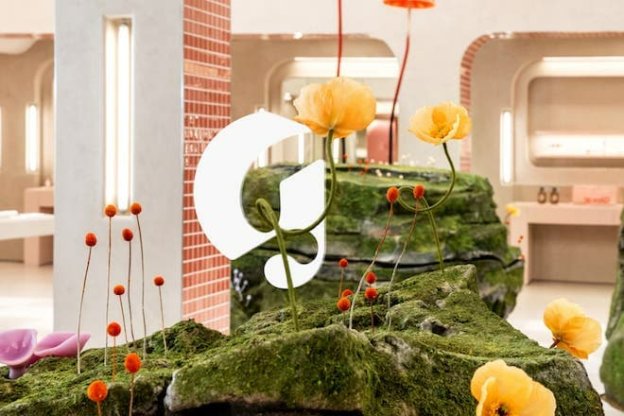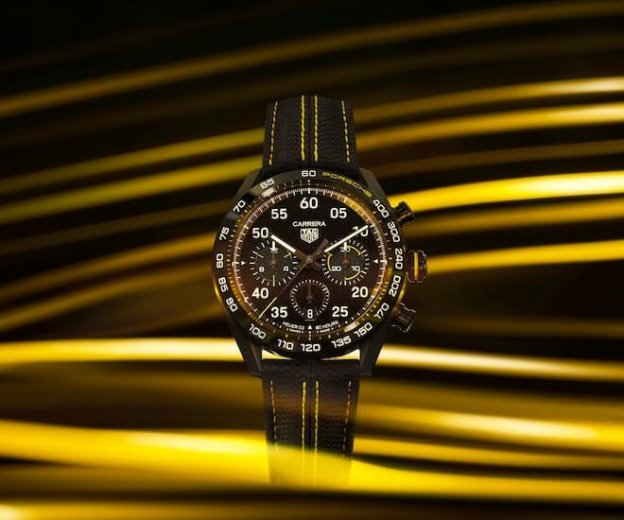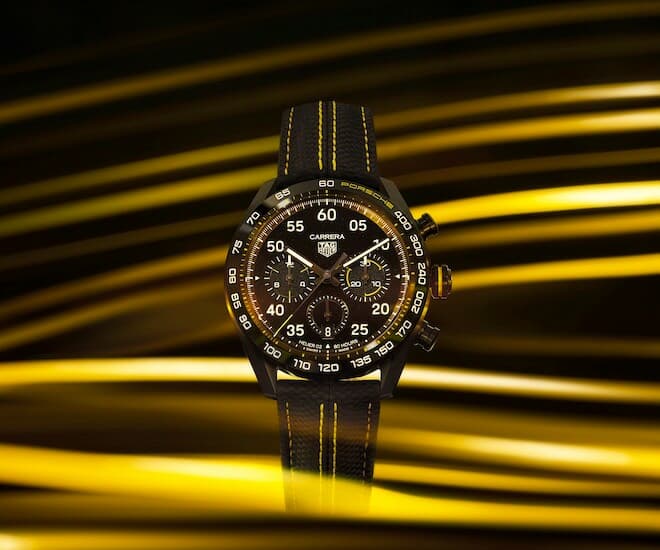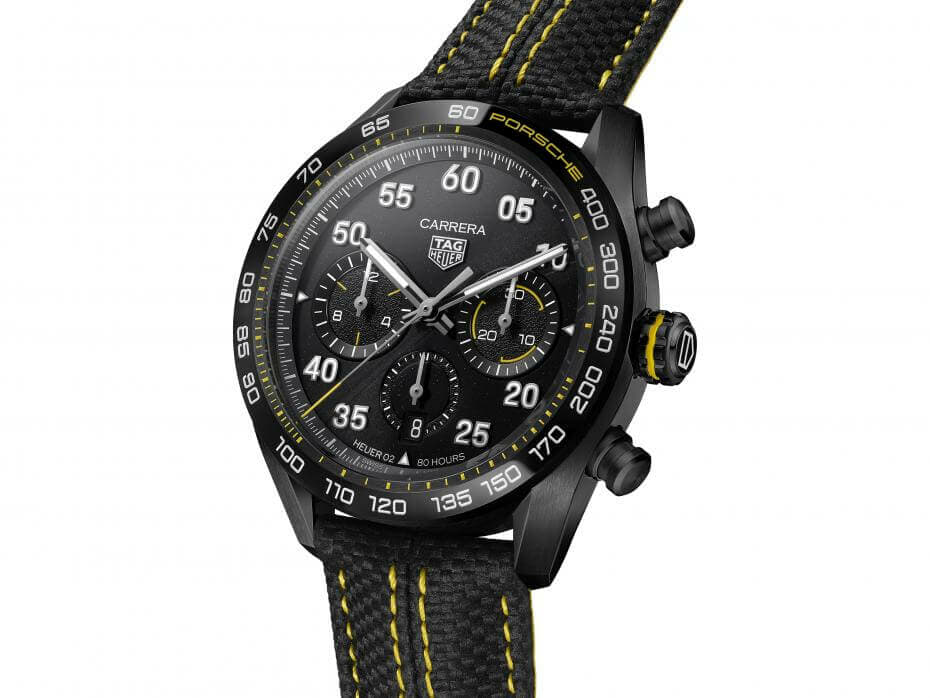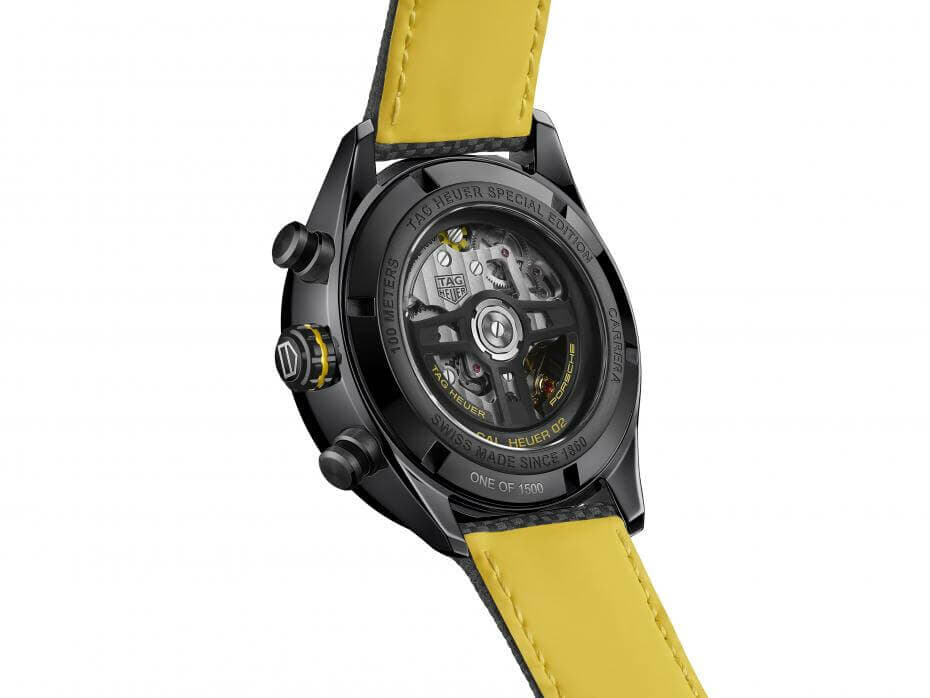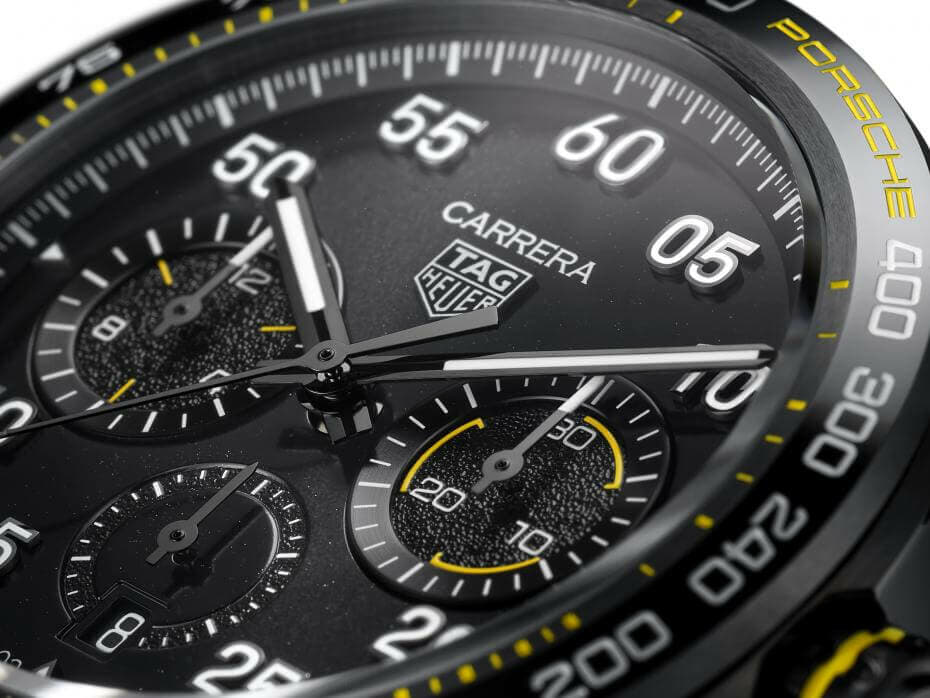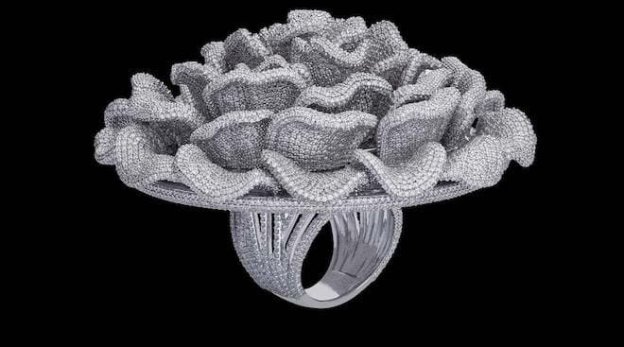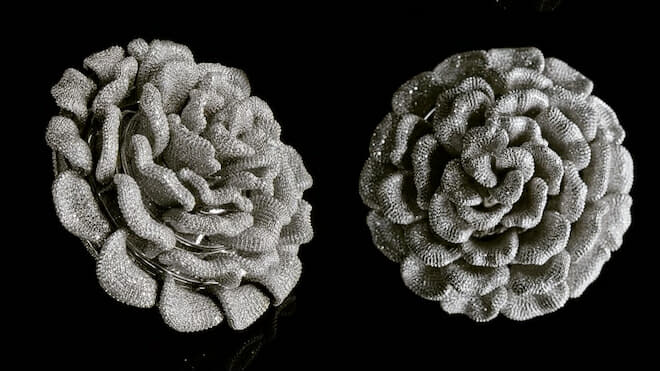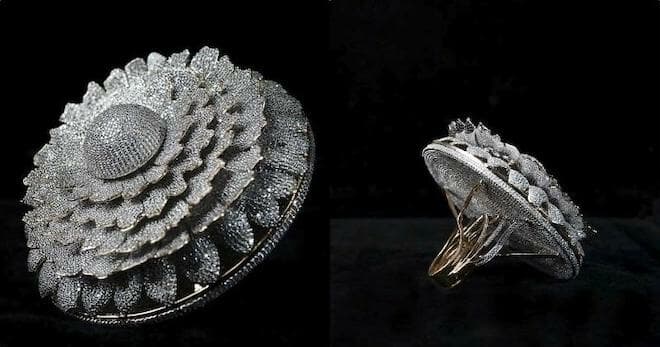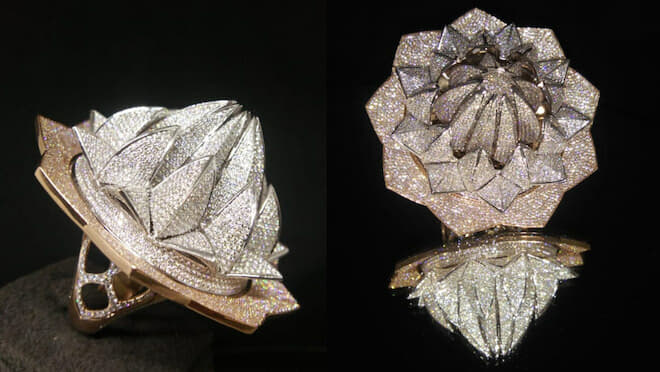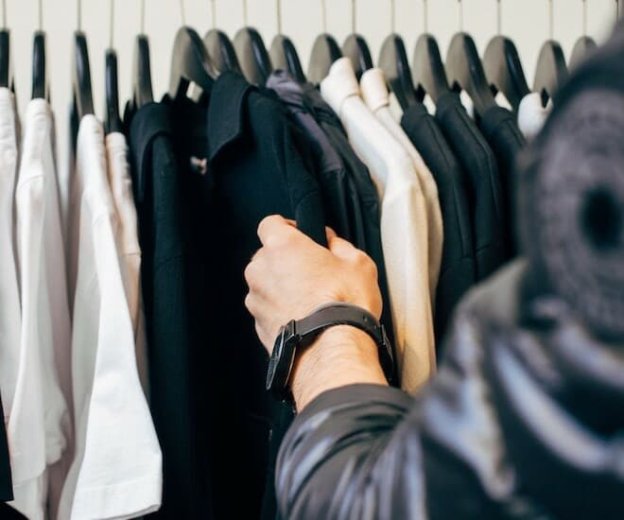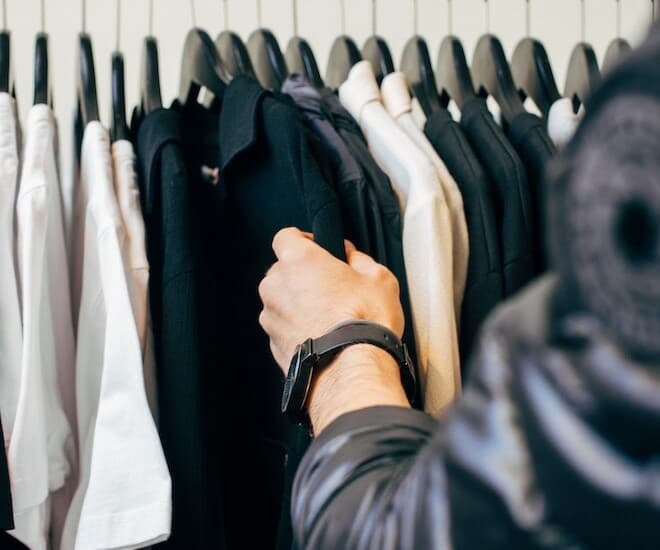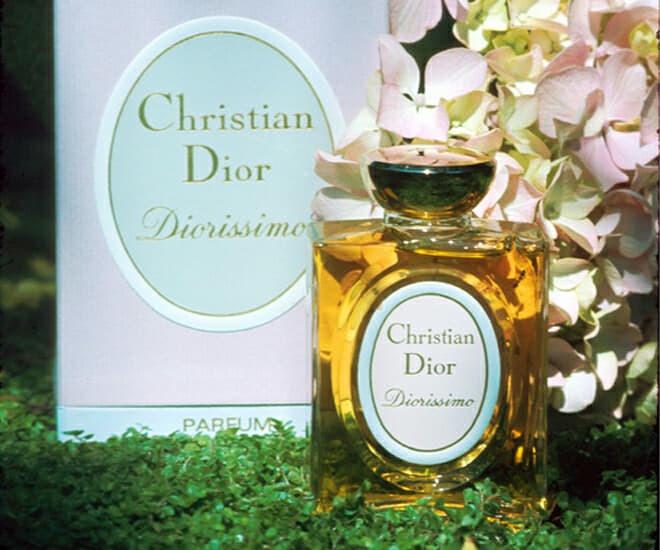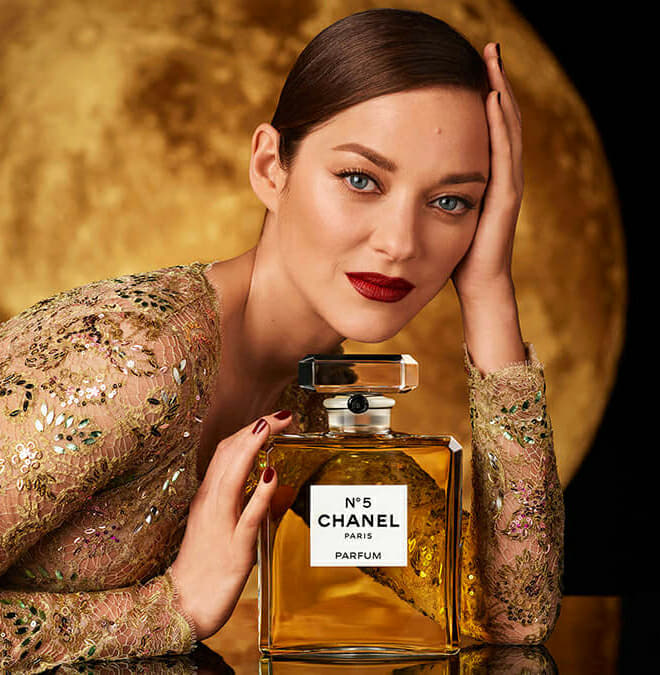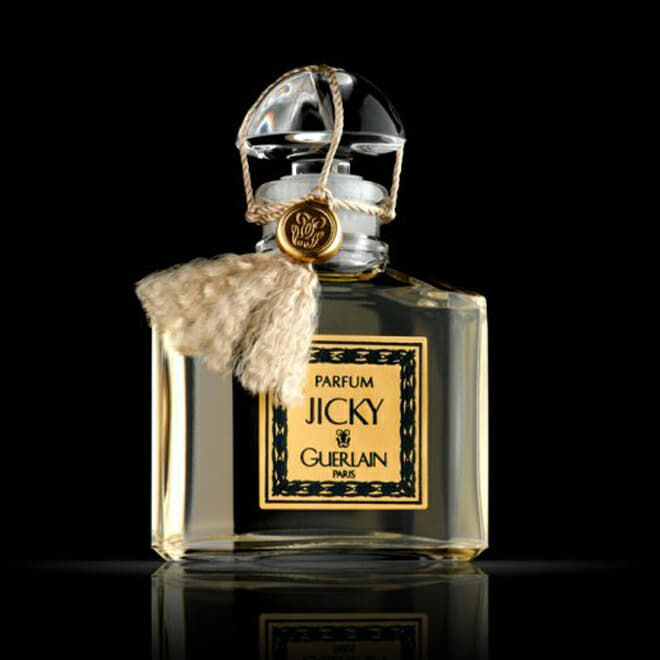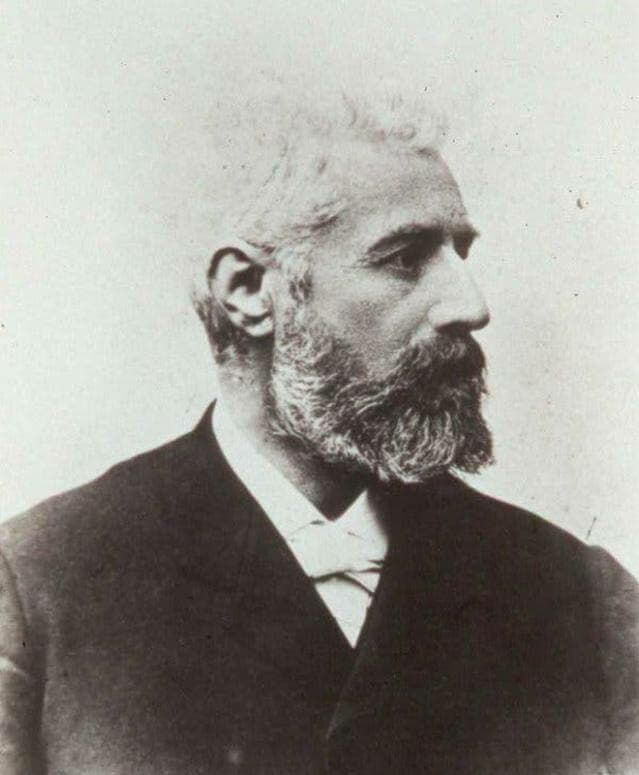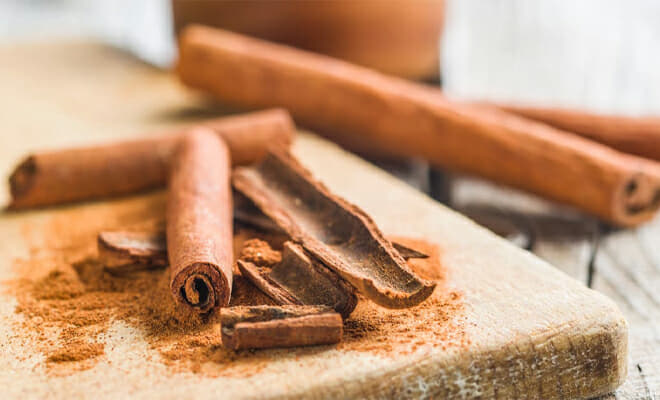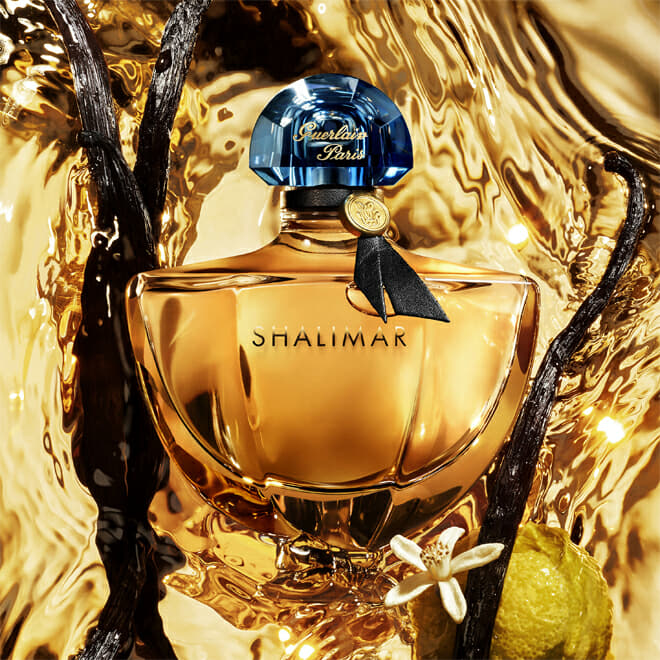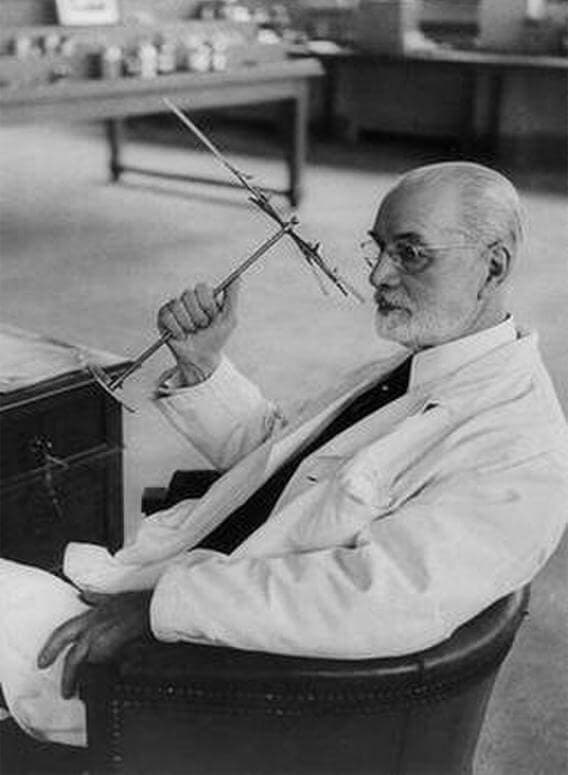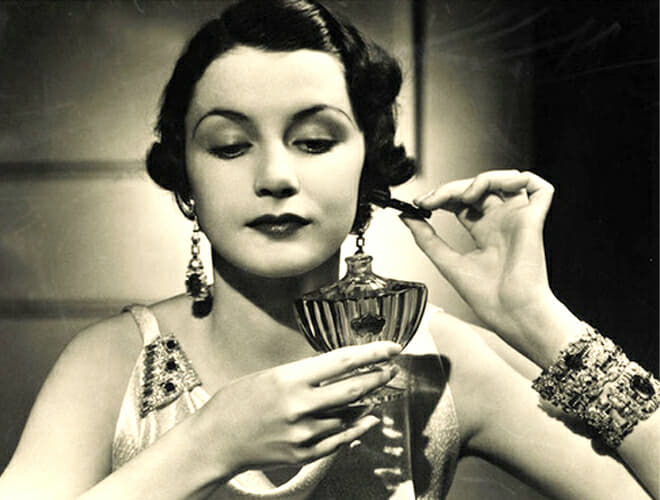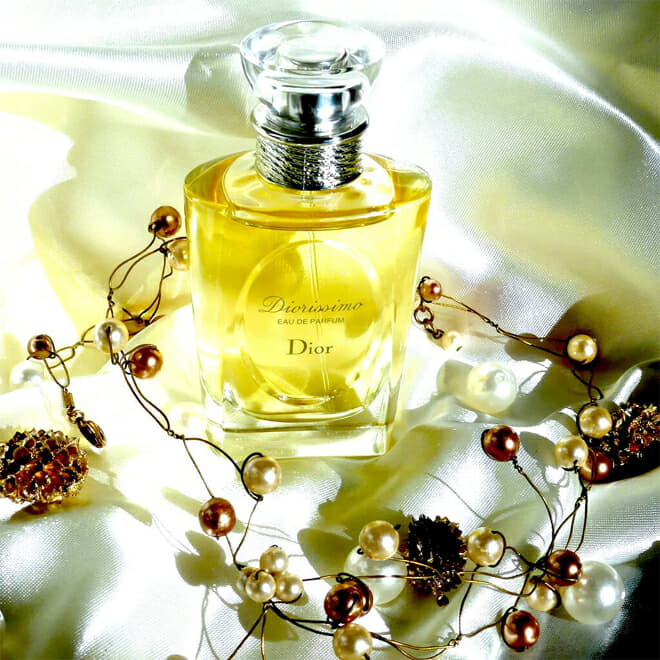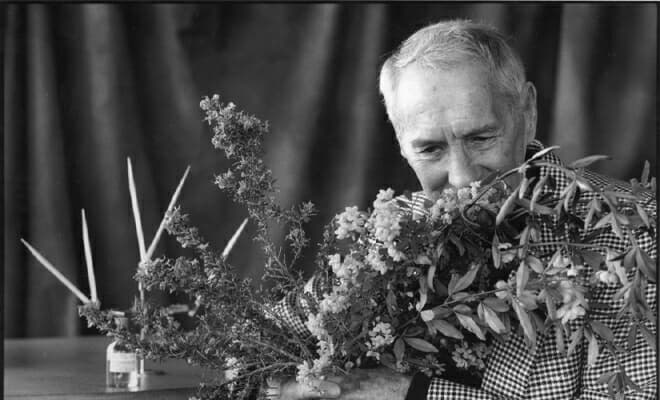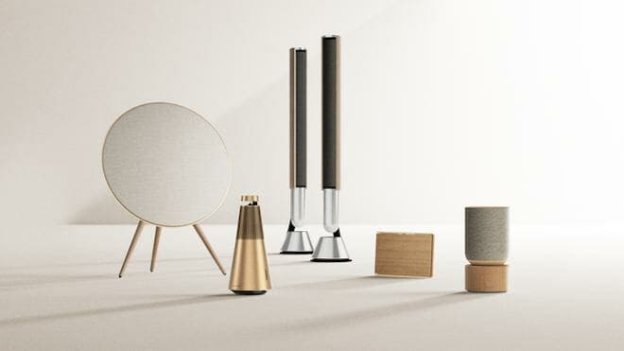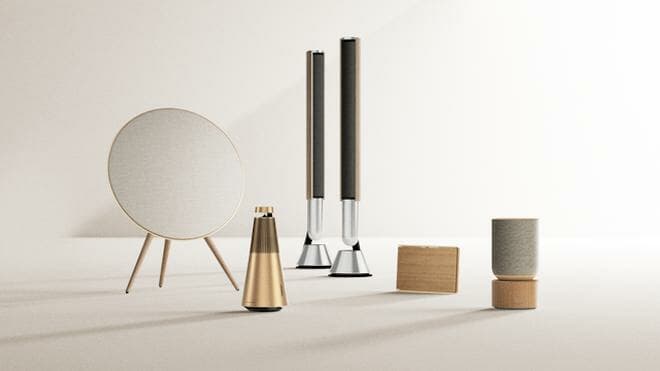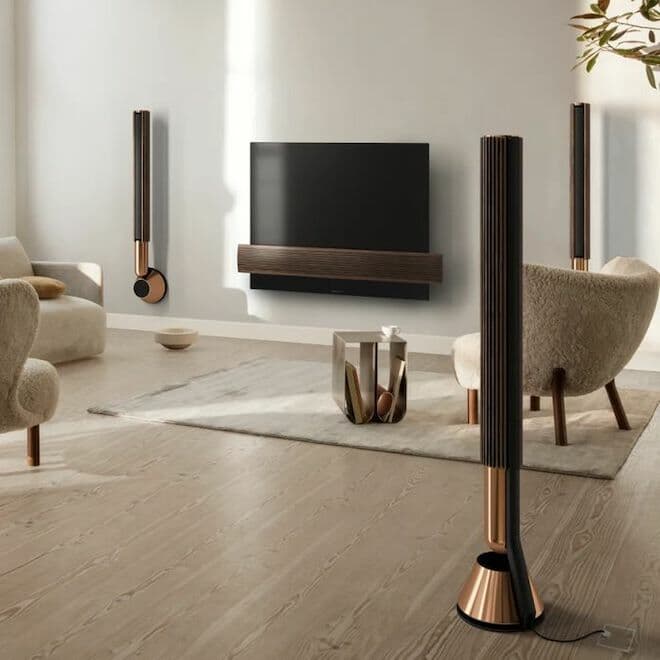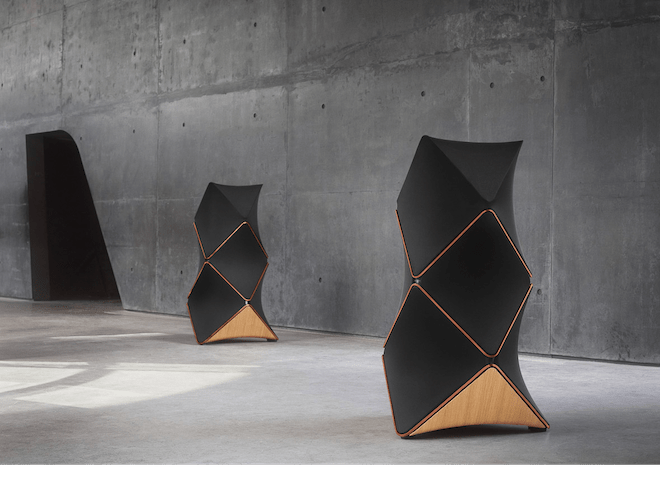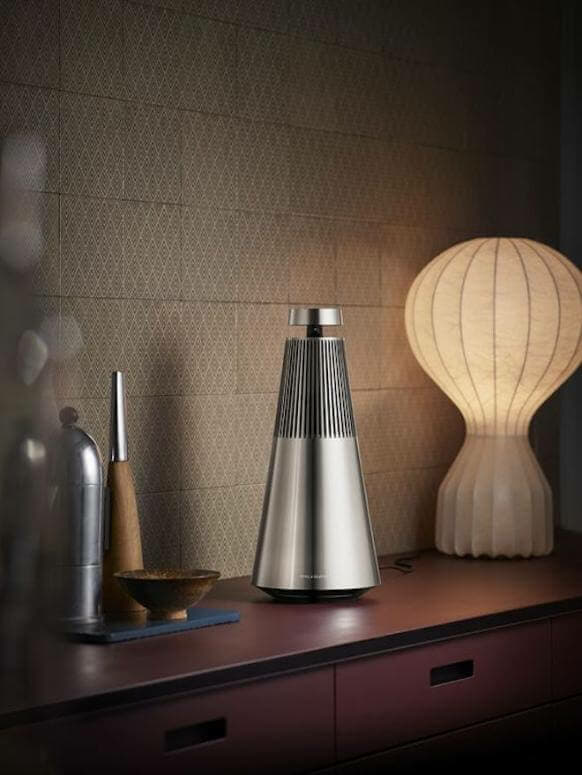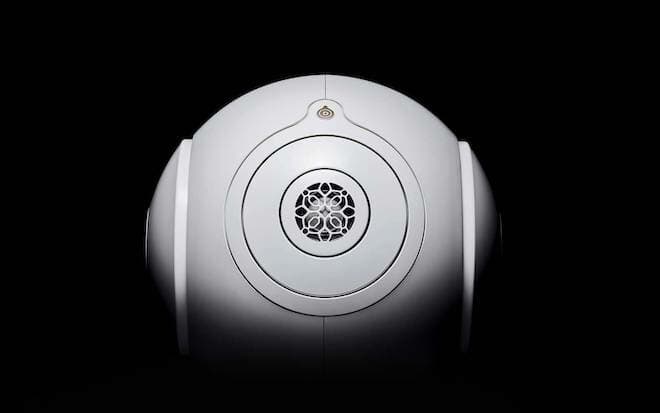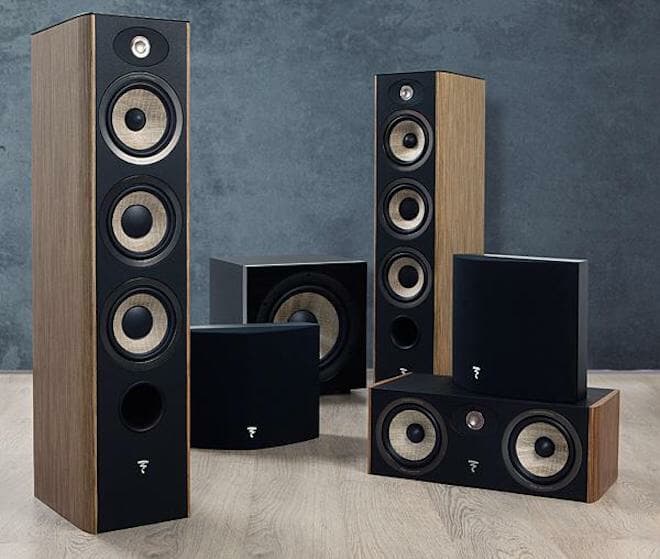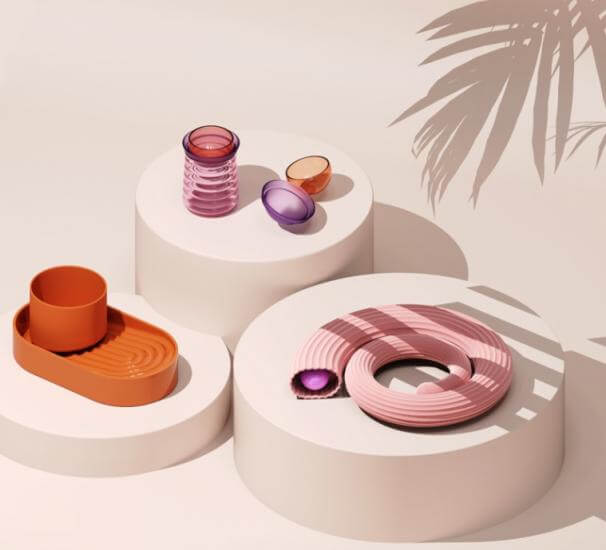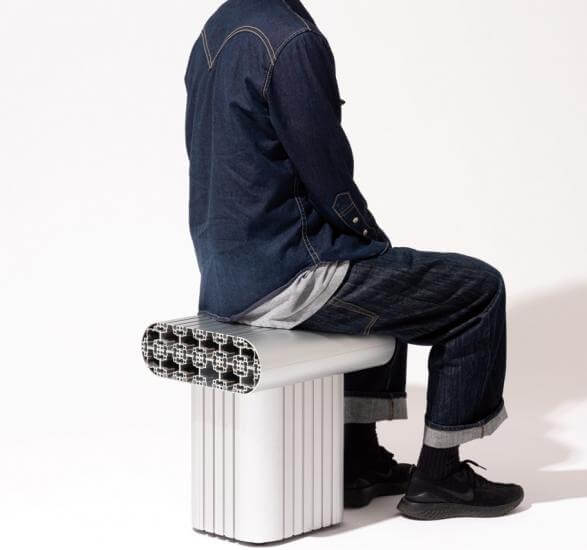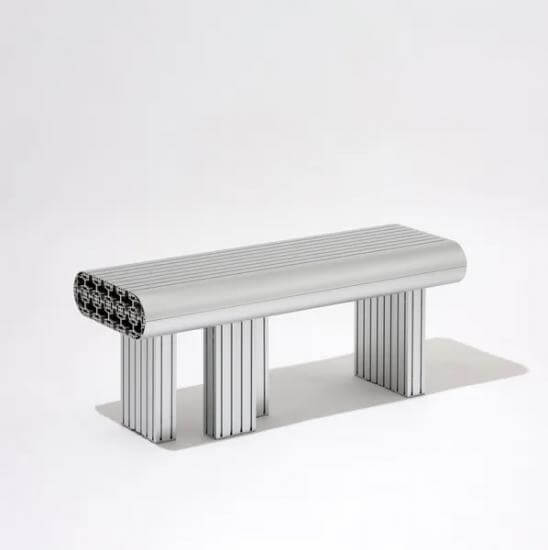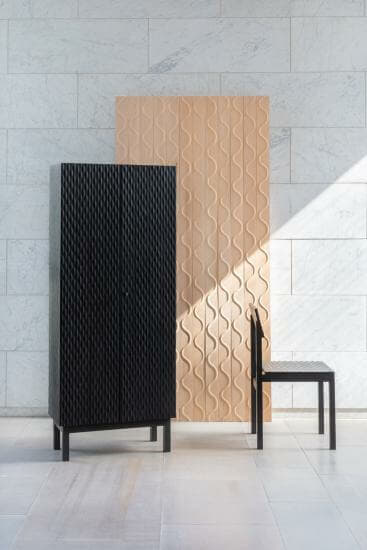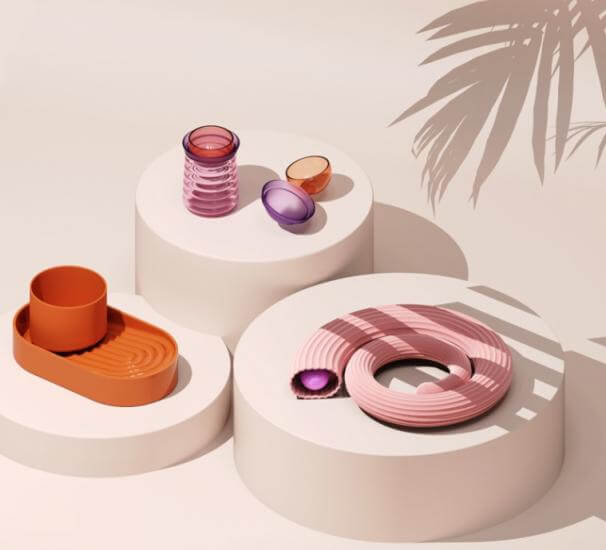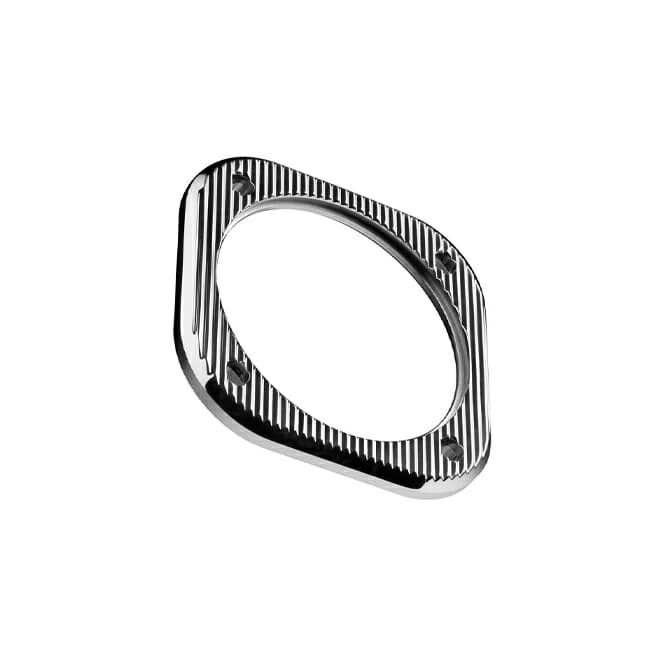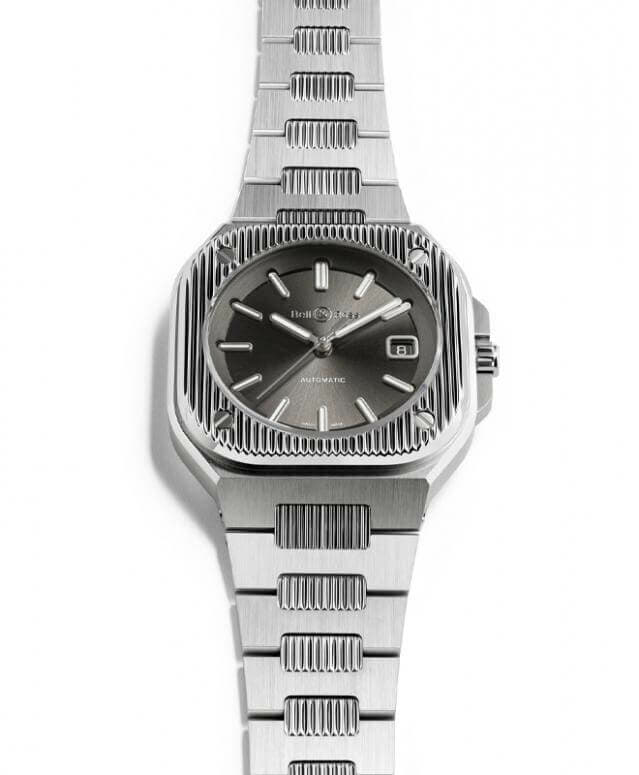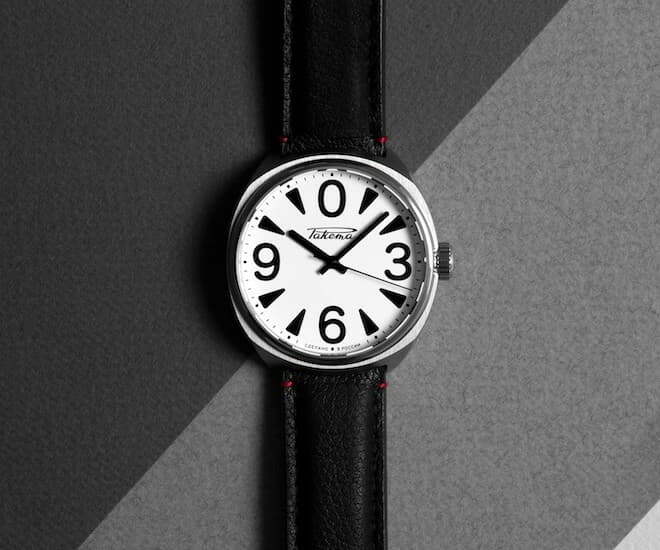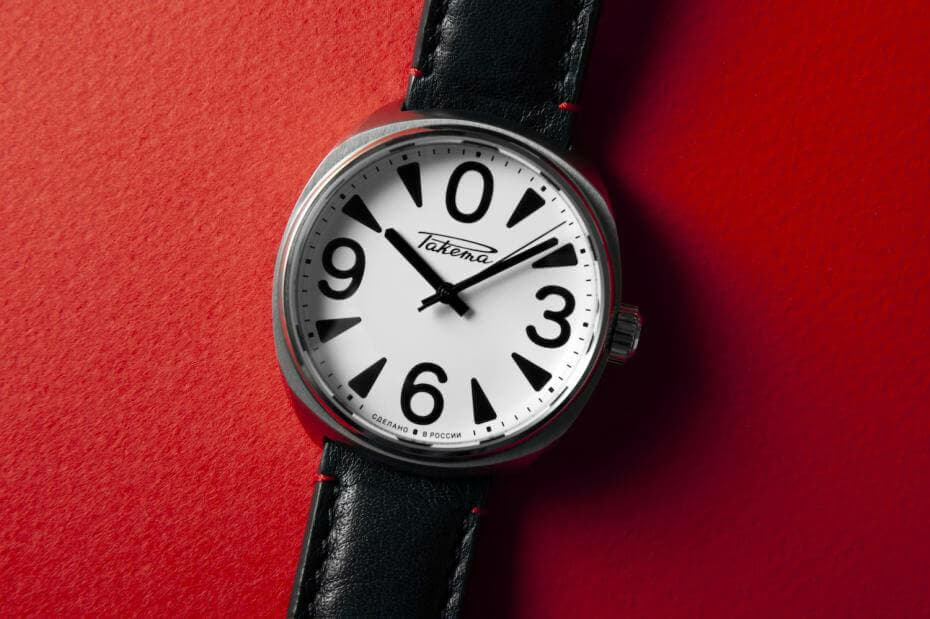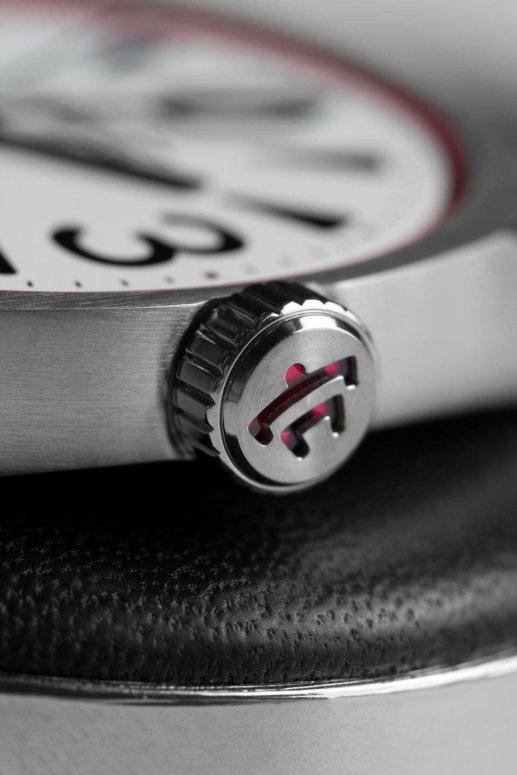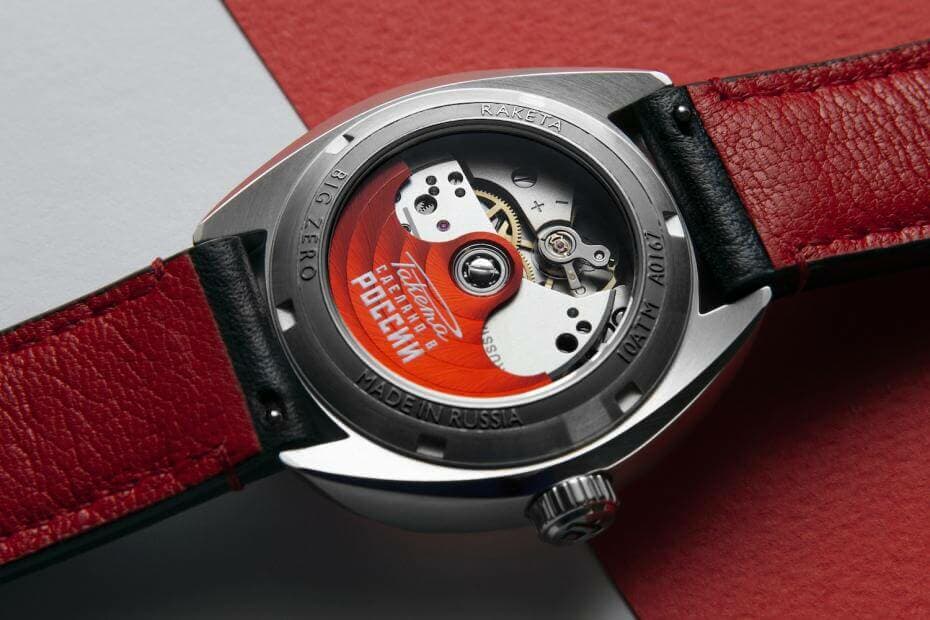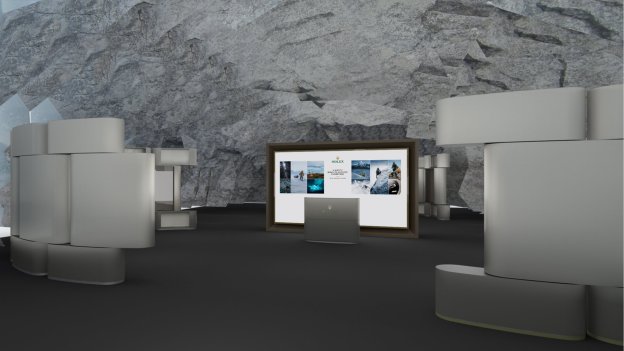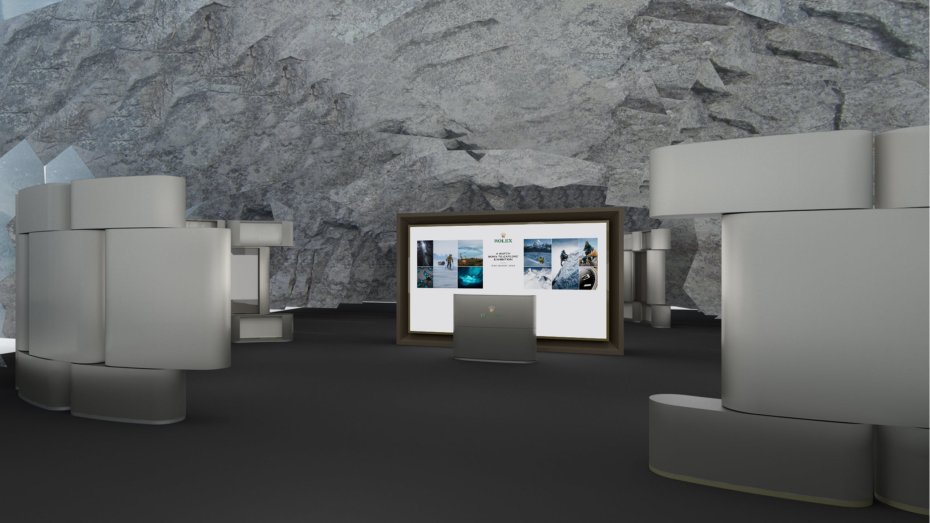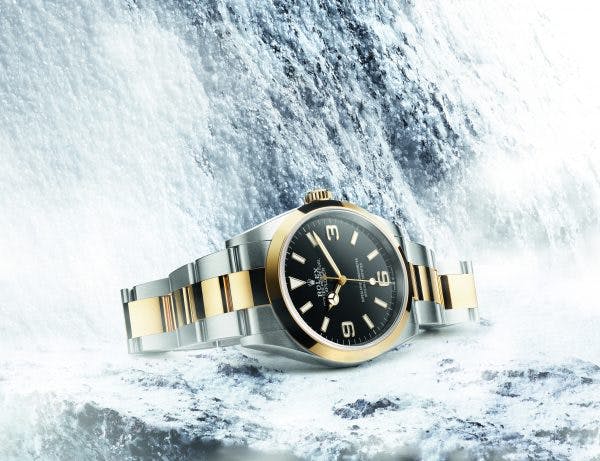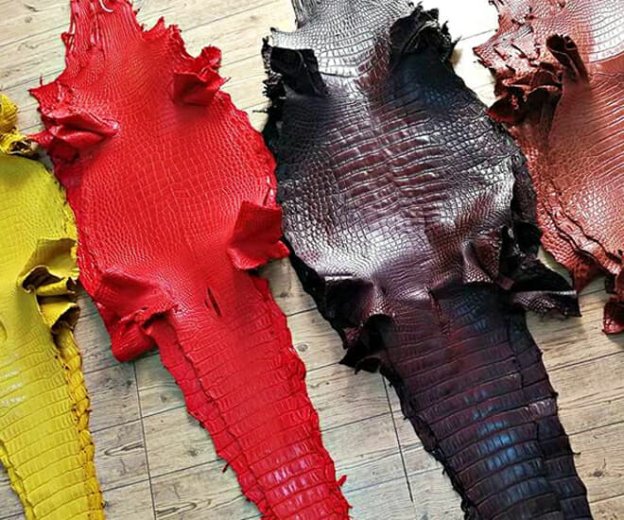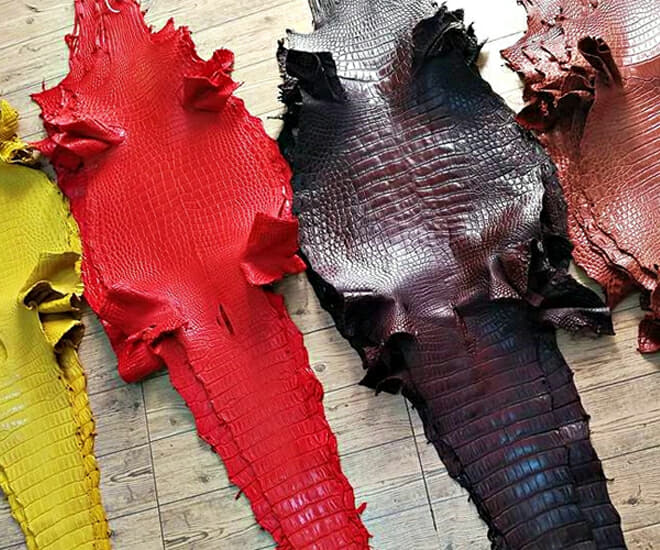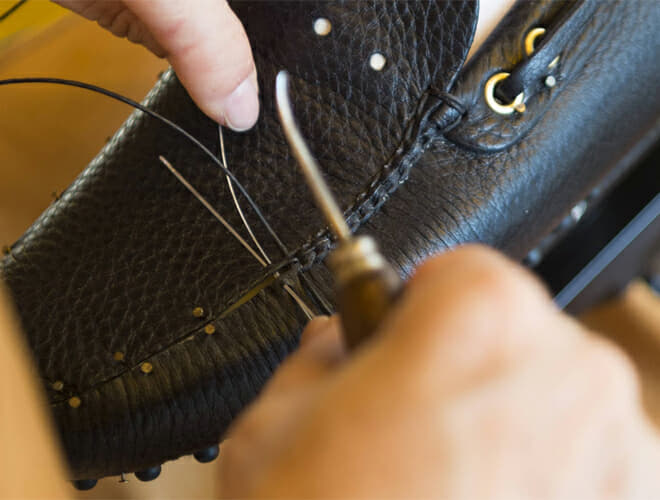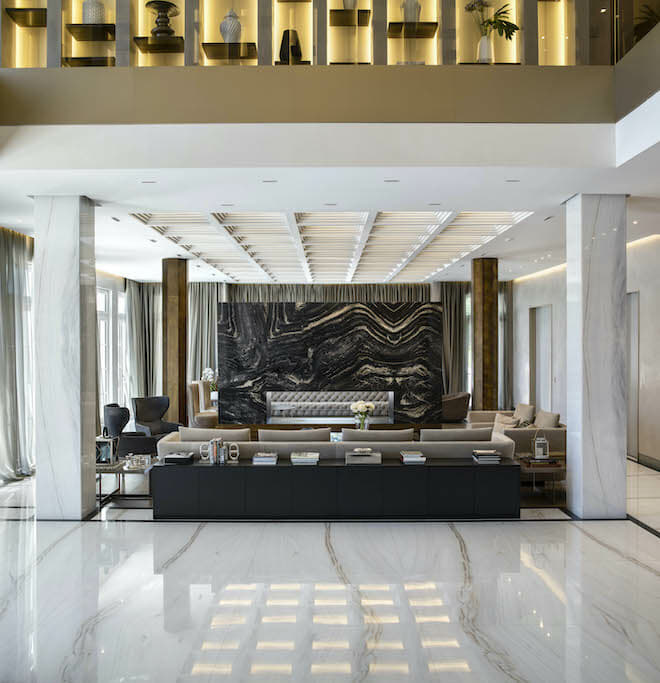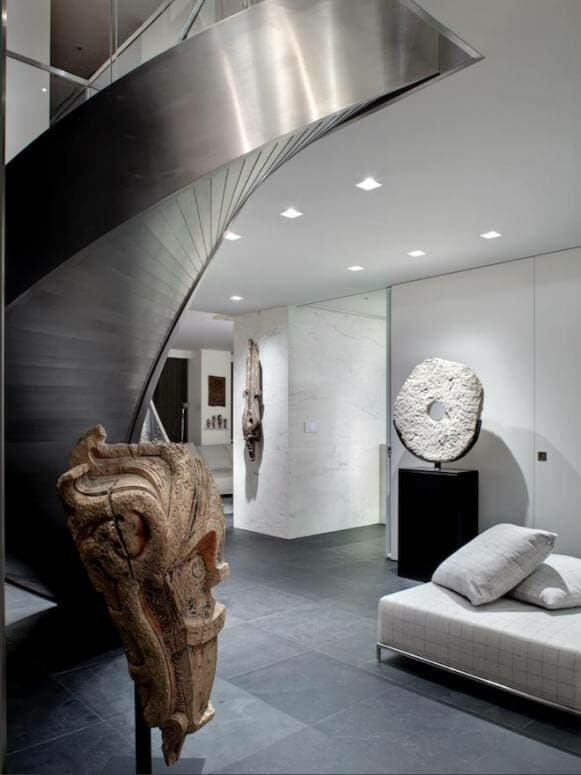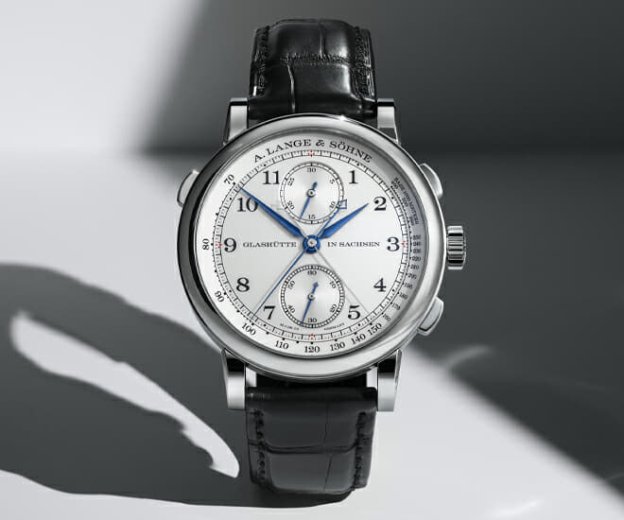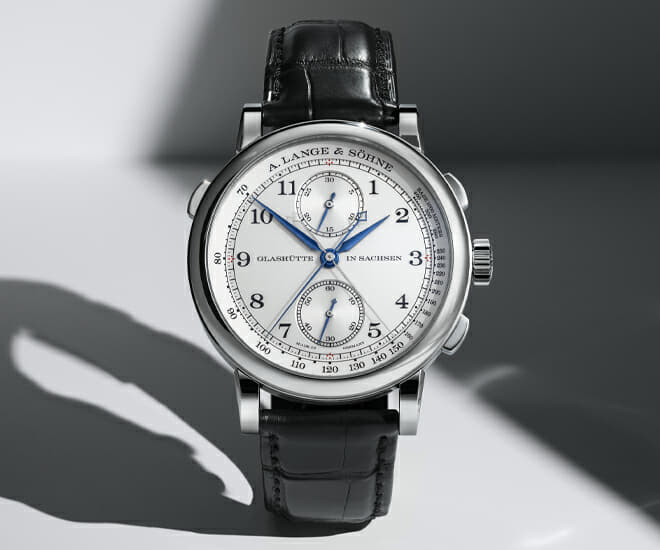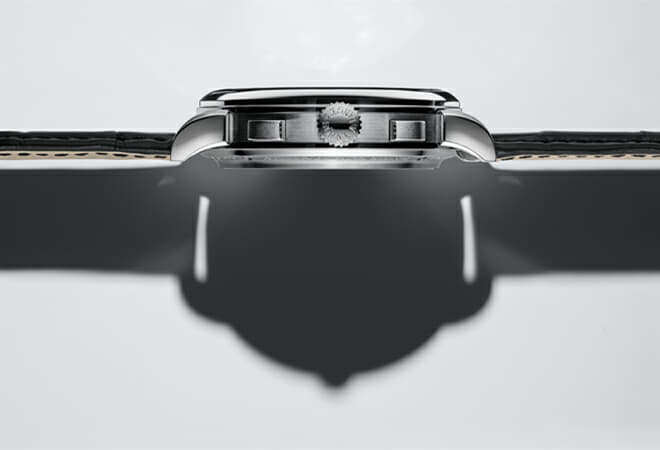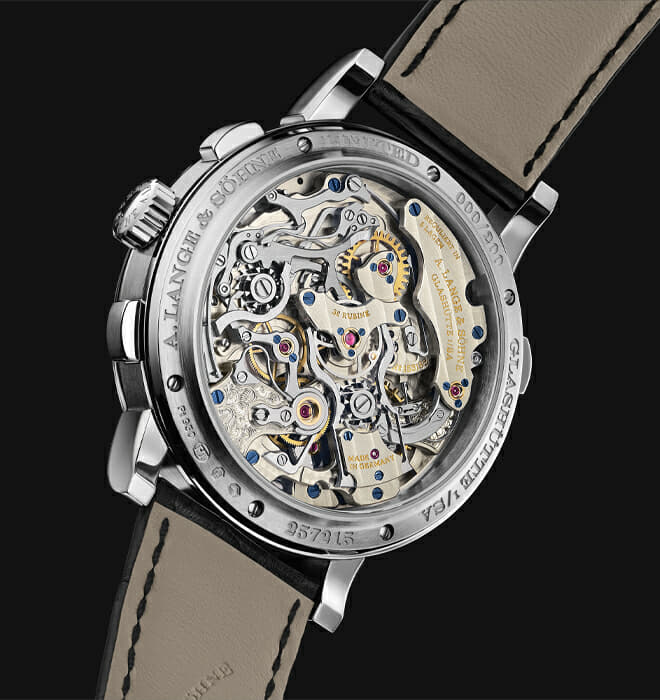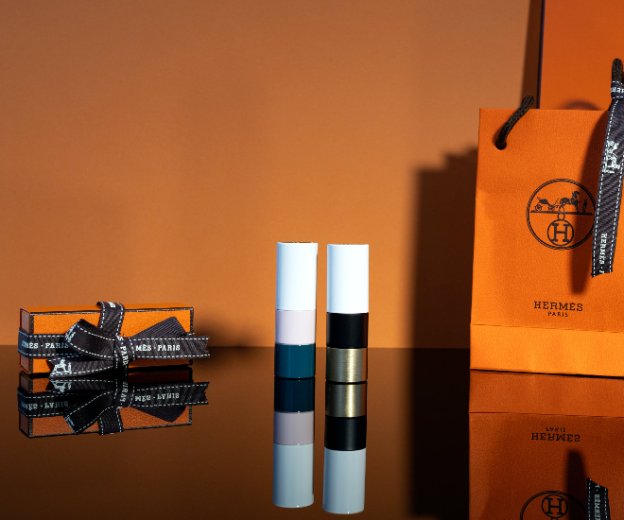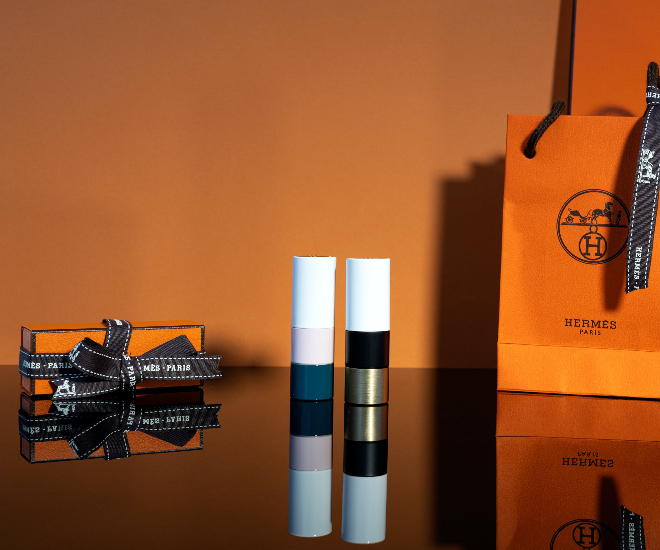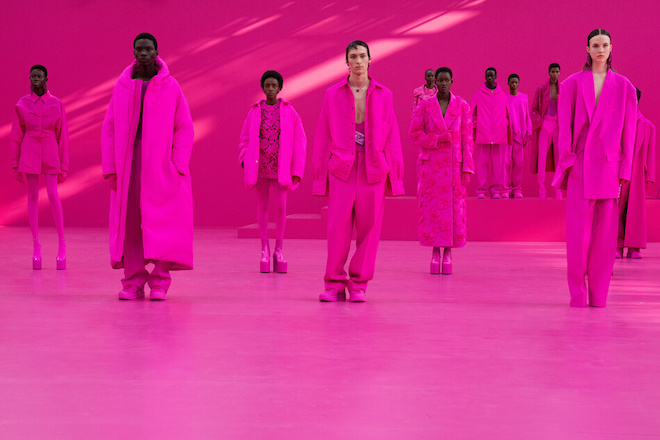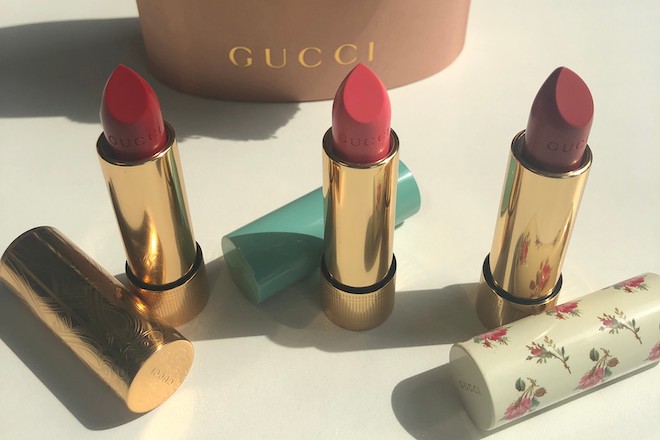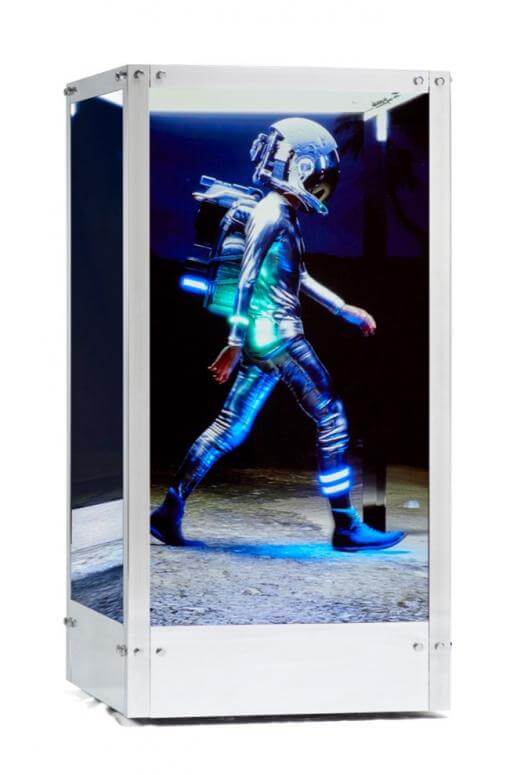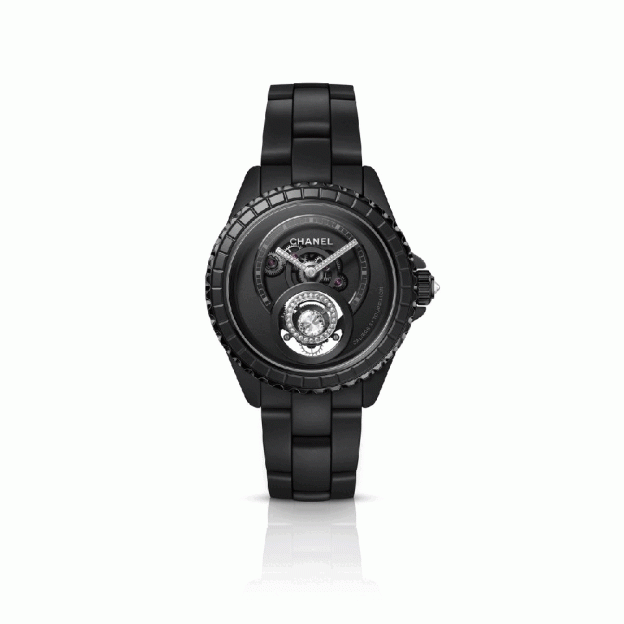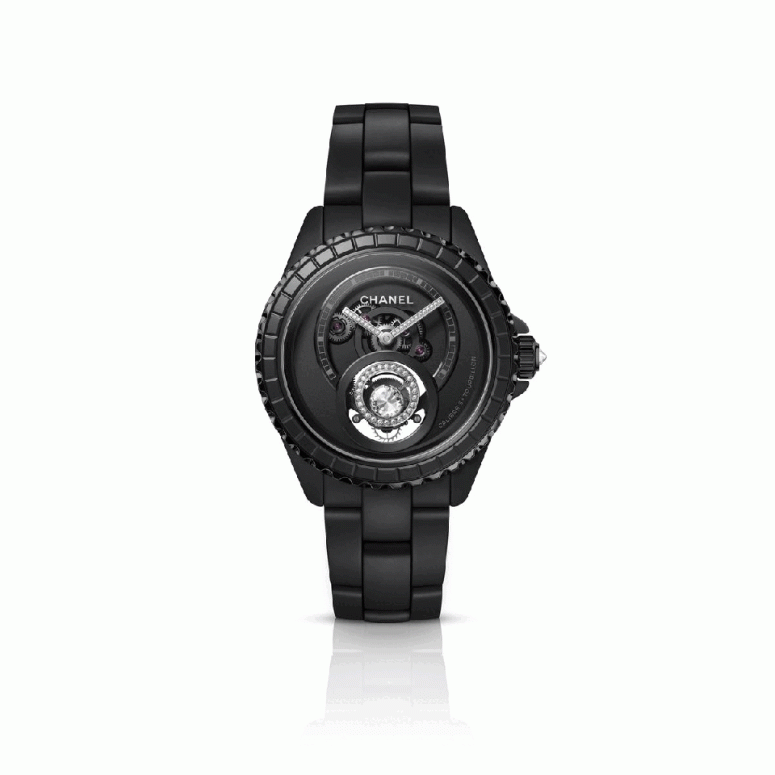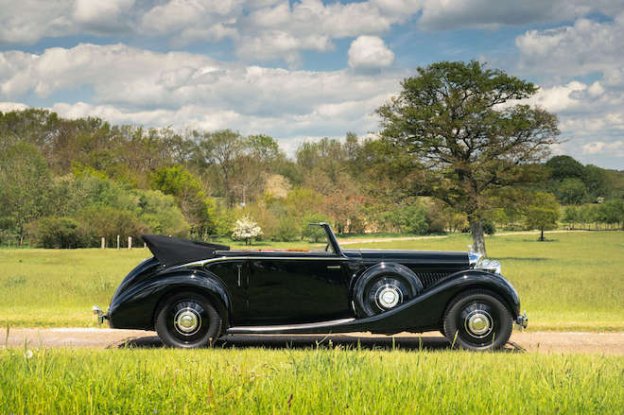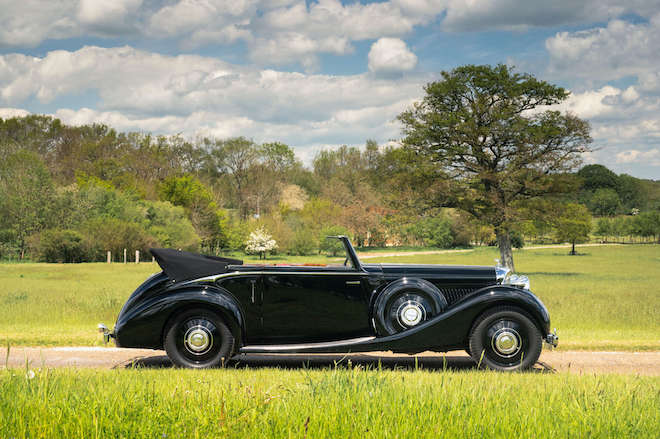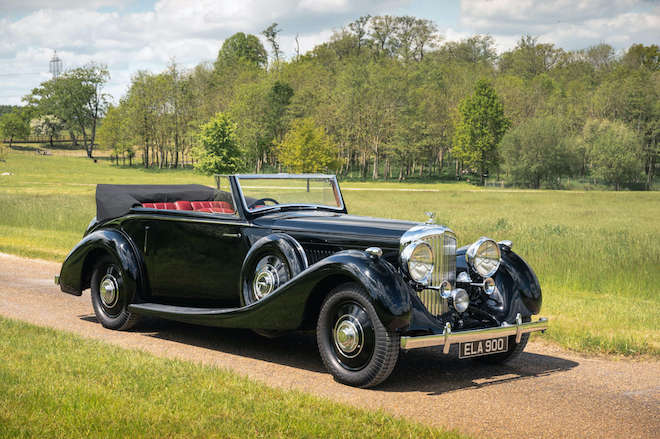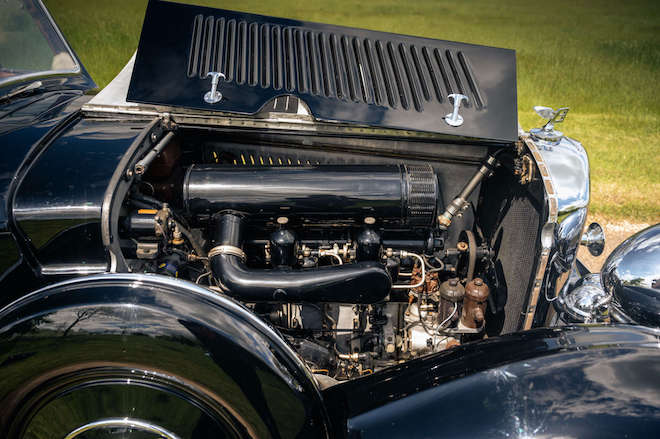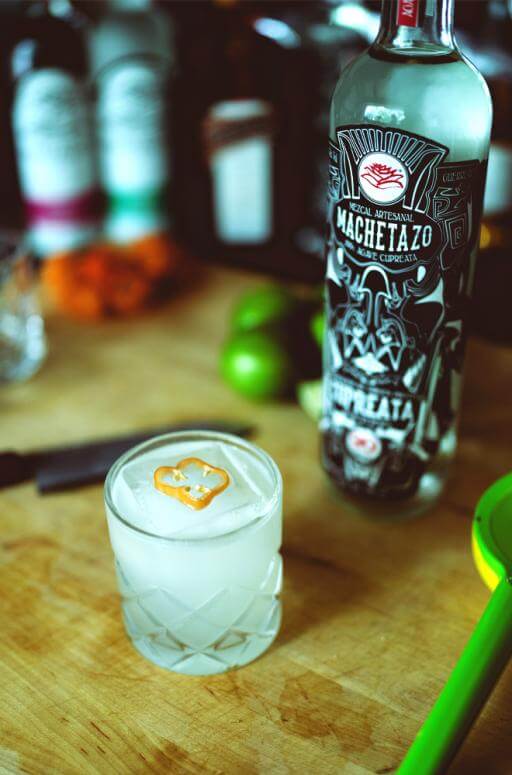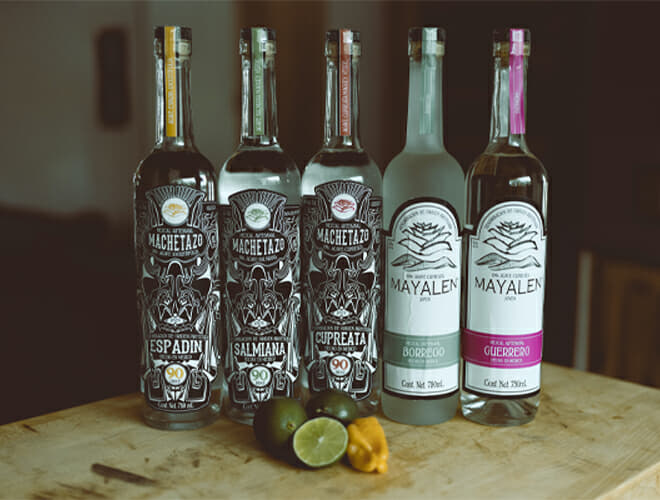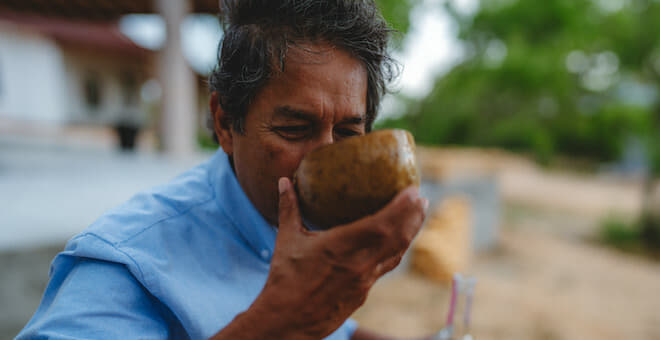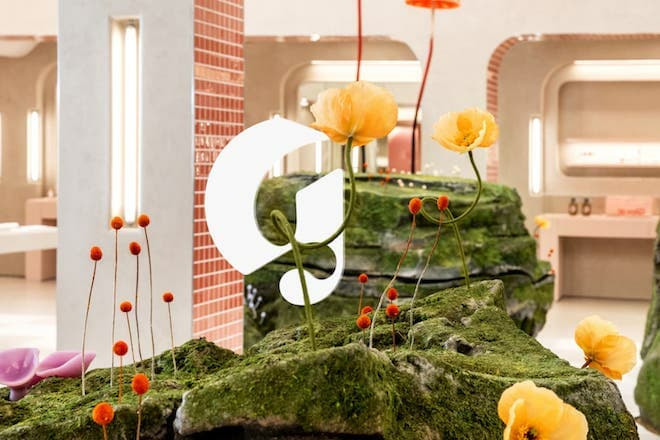
When beauty company Glossier launched in 2014, it was entirely new, both in its messaging — “be you, just dewier” — and its exclusively online sales strategy, which at the time was an unconventional way to sell beauty. The vertical business strategy, also known as the direct-to-consumer (DTC) approach allows brands to sell directly to their customer; they would be in complete control of aspects such as pricing, branding, messaging and the type of features and services the brand would offer — they’re also mostly done online.
Founder and chief executive Emily Weiss’ approach worked. Suddenly, Glossier became the gold standard for startups, who forewent once-coveted shelf space at department stores and Sephora in favour of selling directly to customers. But for all the Glossier mania, their inability to keep up with beauty’s retail evolution eventually led to their downfall and eventual shift to an omnichannel strategy.
On a joint Instagram post, Glossier announced its first external retail partnership with multinational retailer, Sephora. The deal ramps up Glossier’s push into physical retail, allowing them to significantly expand the brand’s retail distribution and contribute to changing the beauty industry’s landscape.
However, Glossier’s choice to expand into the retail industry is not uncommon. In the past few years, internet-born beauty brands such as The Ordinary, Fenty Beauty and Drunk Elephant have all transitioned from selling exclusively online to utilising brick-and-mortar stores with beauty retail giants: Sephora, Ulta and Nordstrom.
The change in business models from these beauty powerhouses and cult brands signals a significant shift in the way customers are shopping and the way products are being sold in the beauty industry. Now with an omnichannel strategy in place, the potential to reshape the market is bigger than ever and all the parties involved have the opportunity to reap the benefits of both a digital and physical shopping experience.
- READ MORE: The Return of Luxury Brick-and-Mortar Stores
The Start of a New Retail Era

Historically, large legacy brands have ruled the beauty industry in market share and prestige. But recently, internet-born brands have become the big growth story. These companies base their operating models on exploiting technological and analytical capabilities — often adopting the direct-to-consumer approach to take advantage of the e-commerce benefits it offers.
Due to the pandemic, the rise of online shopping, and social media’s impact on consumer trends, the shift to online retail was one of the most significant accelerations in consumer behaviour. It seemed as if a new online-only beauty brand was being created every day. Brands now have full control over how they want to conduct their business — from shipping policies to visual branding — and consumers have a more efficient, effective and personalised shopping experience, all from the comfort of their home.
However, for the past four years, Diffusion, a PR agency based in London, has monitored consumers and their affinity for DTC brands. They witnessed a climb in interest during pandemic times, followed by a subsequent fall in their annual DTC Consumer Purchase Intent Index. Inflation, ongoing supply chain woes and an increase in competition are taking a bite out of native direct-to-consumer brands, forcing them to dip in consumer interest and lose billions within their market cap. With the DTC craze slamming into reality, brands are now looking for ways to minimise their loss.
Meanwhile, the future is looking bright in the world of retail and in-store commerce. Consumers who craved real-life shopping experiences during the pandemic are driving back to the stores. “Going out to shop is still part of the whole experience,” says Erik Nordstrom, who has seen a 18 per cent increase in foot traffic to the retail store this June. “It’s entertainment, it’s a family thing to do on the weekends and it’s bound to bounce back from the struggles we faced in the pandemic.” The US Census Bureau reported that retail sales rose more than 28 per cent in May compared to last year and expects it to grow as much as 13.5 per cent this year, with research firm Zenreach, predicting a full return to normalcy in the US retail industry by September of this year.
With the re-opening of stores, many consumers waited in line to experience the pleasure of physical retail. The human connection, the ability to feel and try on, and the immediacy of the purchase were what they had missed. This downward trend created a huge opportunity for traditional retailers to modernise and expand their presence to online marketers and retailer sites, creating an effective omnichannel strategy.
The Omnichannel Revolution
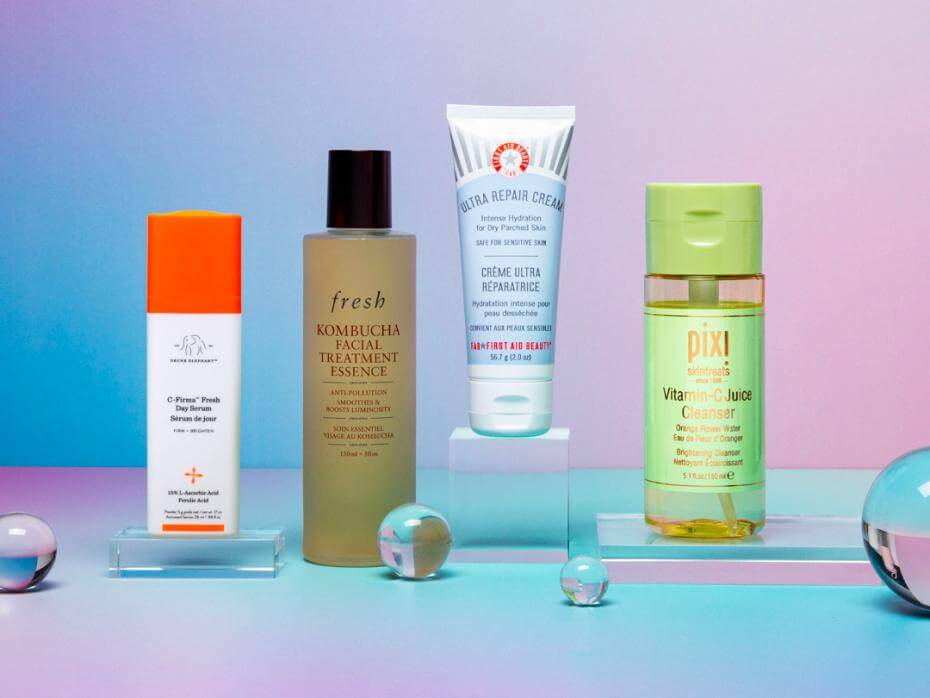
Using both digital and traditional marketing, the omnichannel strategy embraces a customer from multiple directions with the same messaging. Essentially, when a brand uses a multi-channel sales approach and integrates it throughout the customer’s shopping experience, it creates a seamless experience. The benefits of an omnichannel marketing strategy are clear — studies have shown that marketers that integrate three or more channels into their marketing campaigns increase their purchase rates up to 287 per cent and see more than 18 per cent engagement in their campaigns, compared to only 5 per cent for single-channel campaigns.
Online-only brands creating partnerships with big retailers offer many benefits to both parties. For example, to bring DTC beauty products closer to the buyer, Sephora has introduced several in-store merchandising activities, showcasing digitally native or otherwise up-and-coming brands. The first fixtures for Sephora’s “The Next Big Thing” was an in-store space set aside for displaying new makeup brands — launched at its Time Squares store in June 2019. It was a clever attempt to drive customers lured by popular brands they encounter on the internet into a physical space where they can try them out and purchase samples.
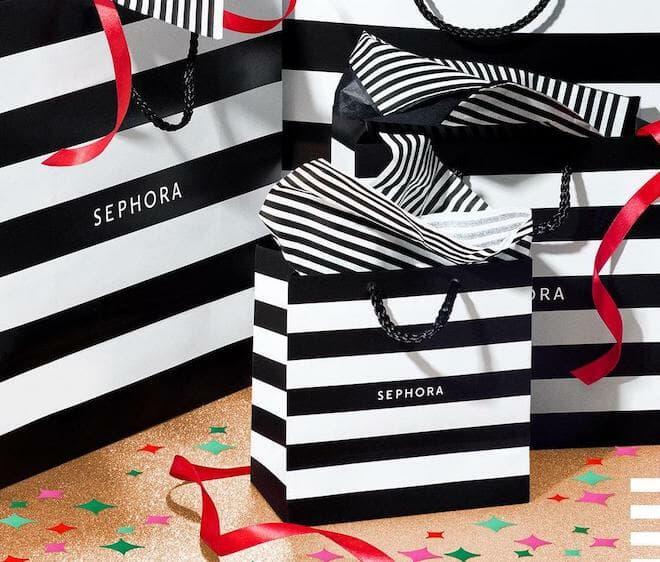
On the other hand, DTC brands that have shifted to retail, such as Glossier, Kylie Jenner Beauty, The Ordinary and Drunk Elephant, can reap the benefits of retail marketing. They’re able to access a more extensive customer base, and there’s a sharpened shopper focus that DTC brands lack. Customer data power today’s retail marketing platforms, and everything that happens on those platforms is focused on meeting actual shopper needs and responding to known behaviours. This has the possibility to increase sales due to ease and efficiency of the shopping experience.
“Consumers are now operating within a total omnichannel ecosystem and all the touchpoints that we’ve been fortunate to have been developing have helped us as we went into the pandemic and now it’s helping us as we’re coming into the endemic stage,” said Alia Gogi, managing director of Sephora Asia.
Clearly, the lines between online and offline have blurred over the years and both retailers and DTC brands are working toward creating a seamless experience for the consumer. The beauty retail space has shifted drastically over the past couple of years, and it is unlikely to stop evolving. Elements like personalisation and experiences will continue to play huge roles and the digital aspect of retail will continue to influence brick-and-mortar retailers moving forward.
For more beauty reads, click here.
